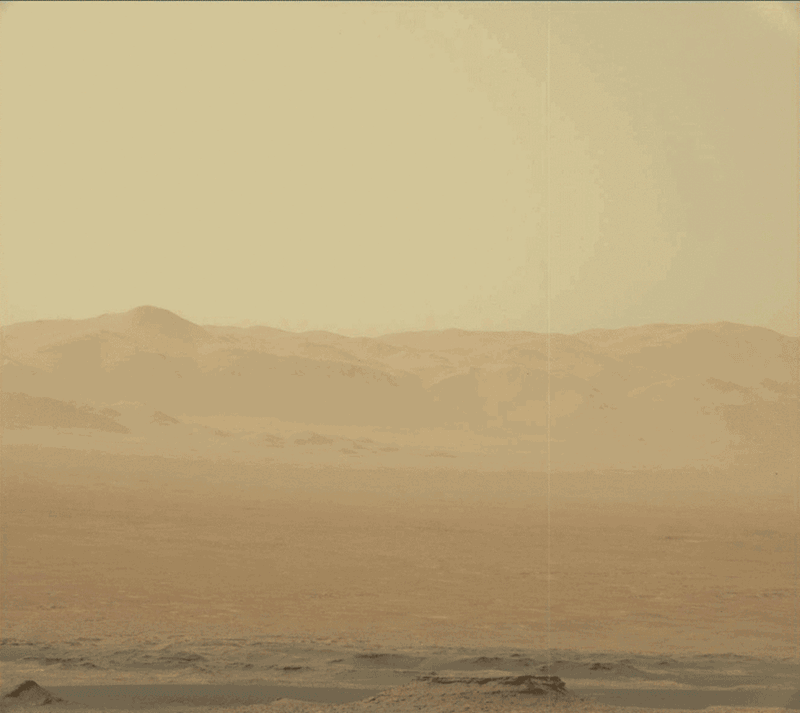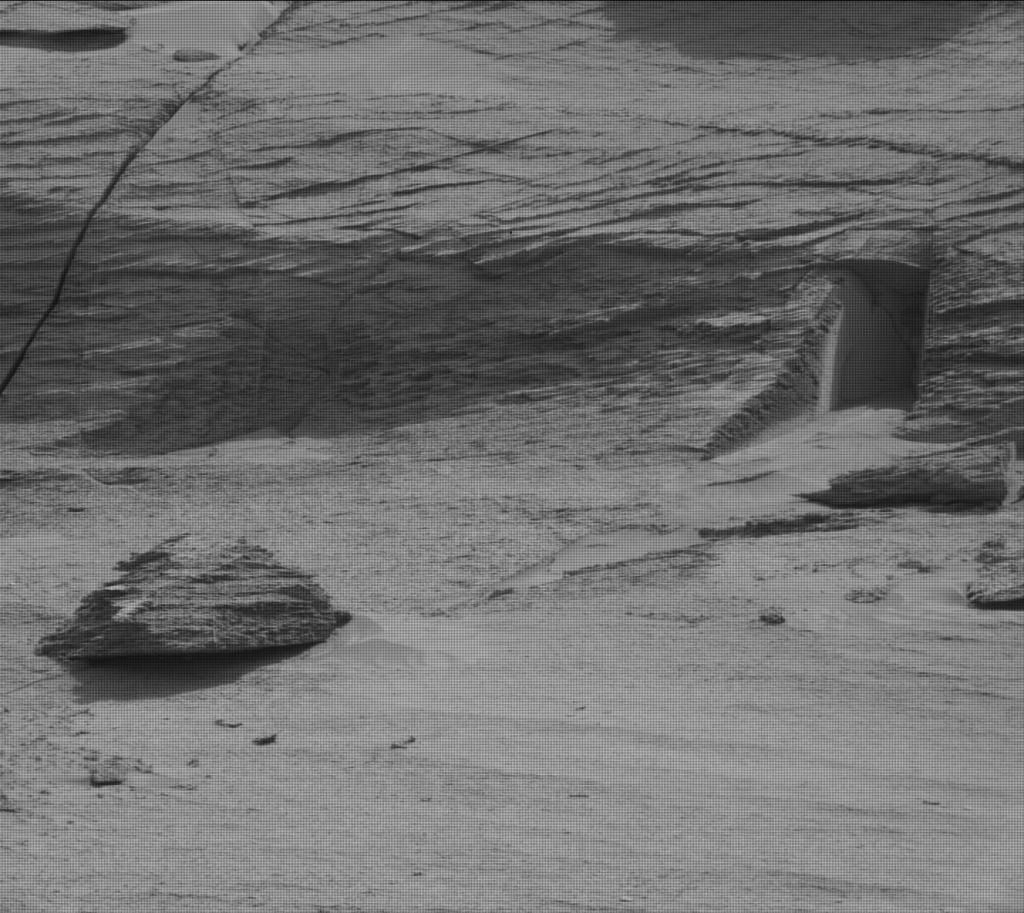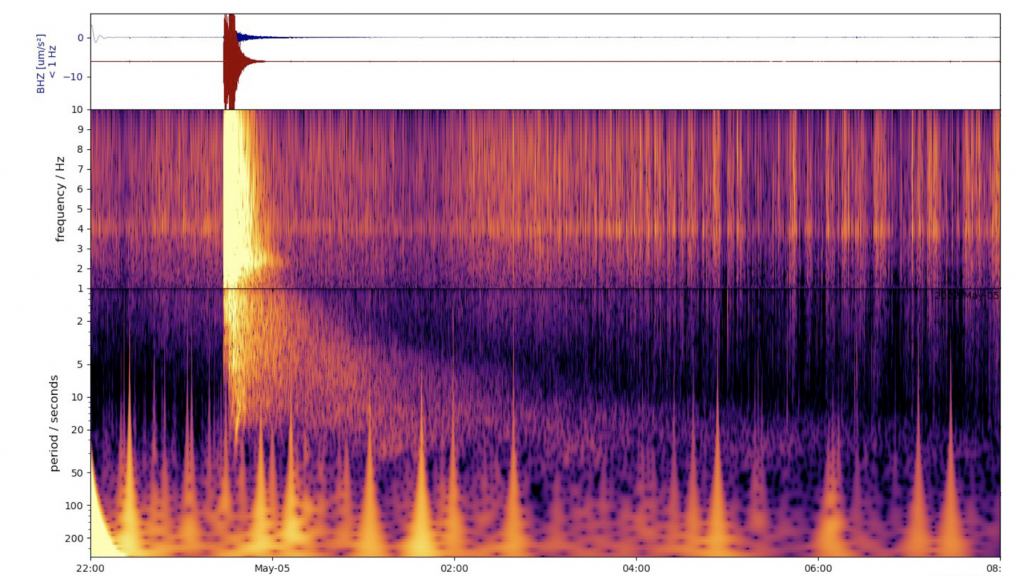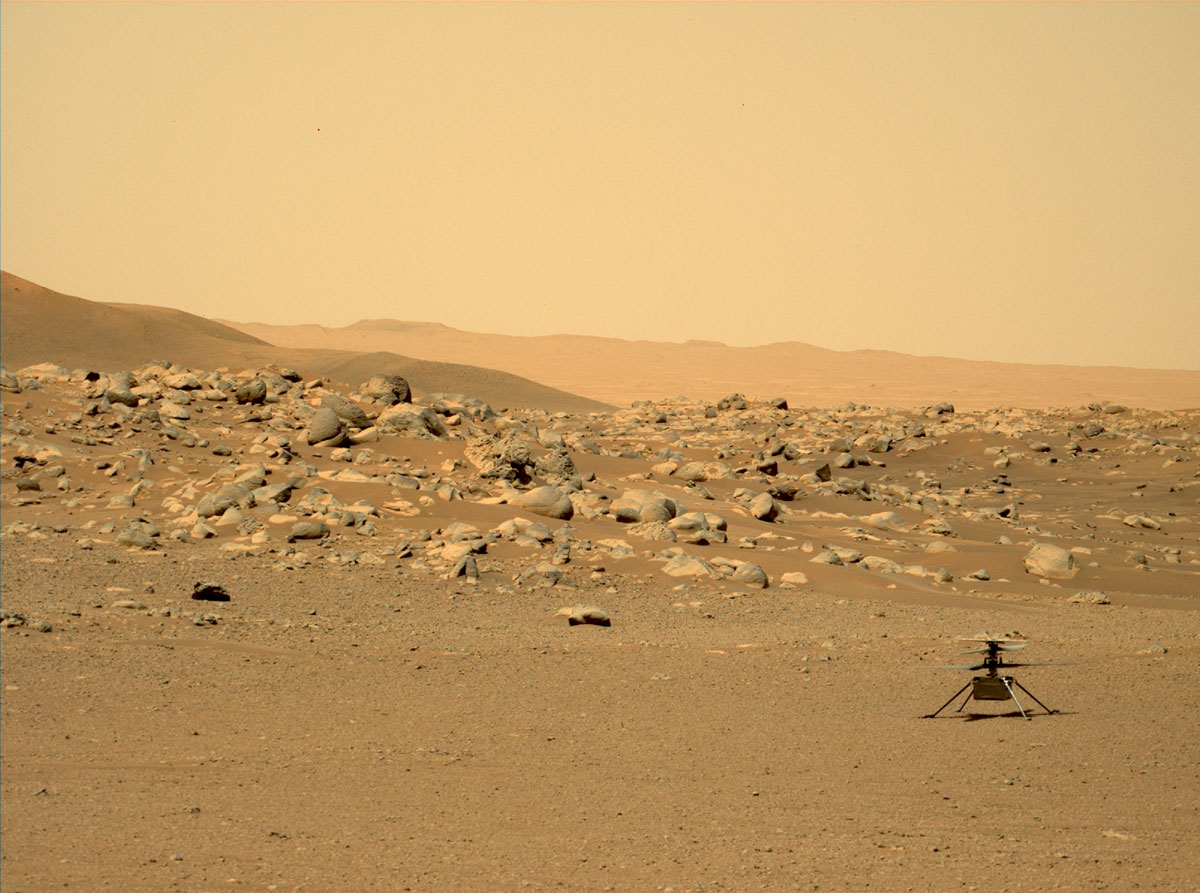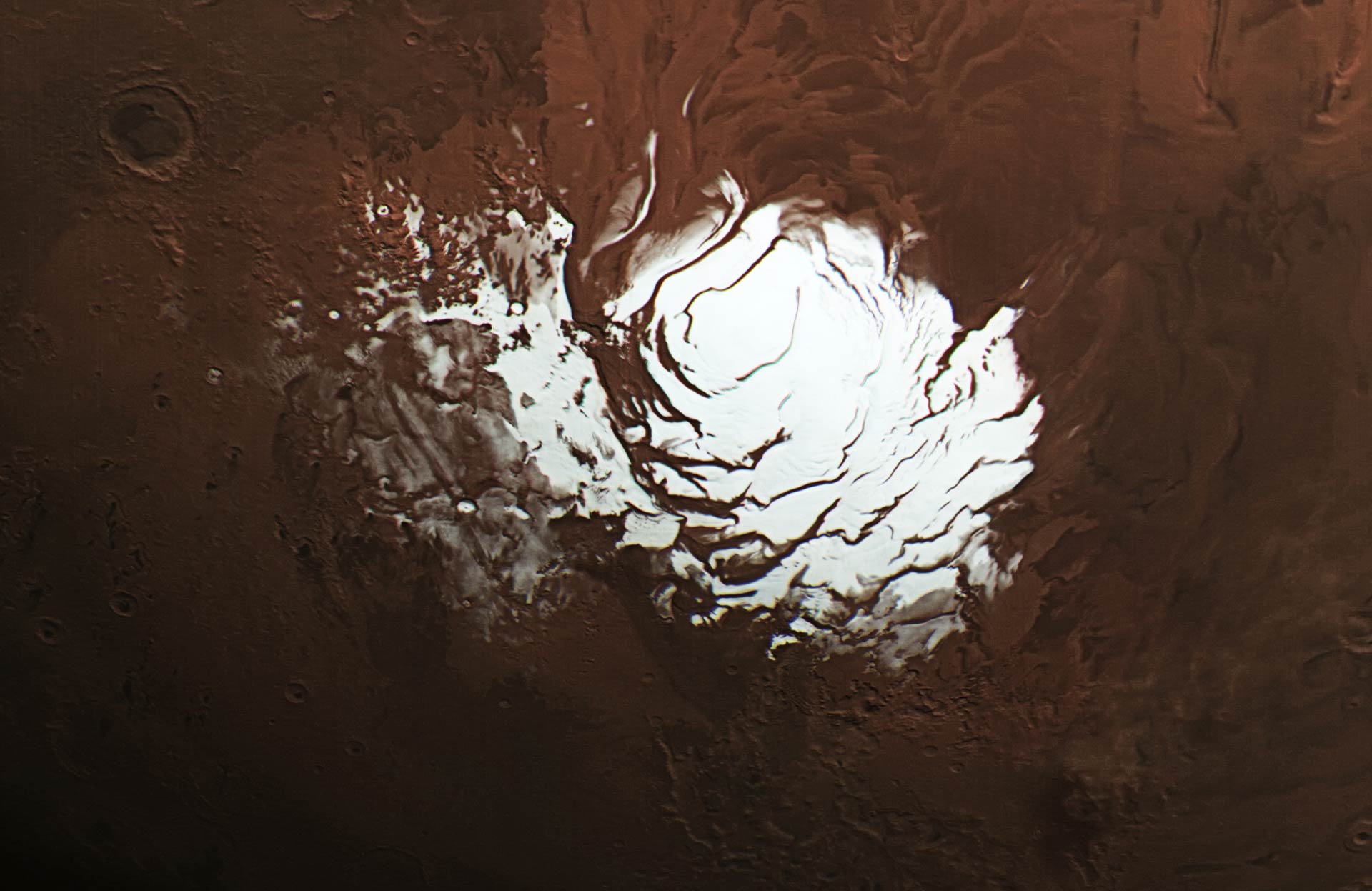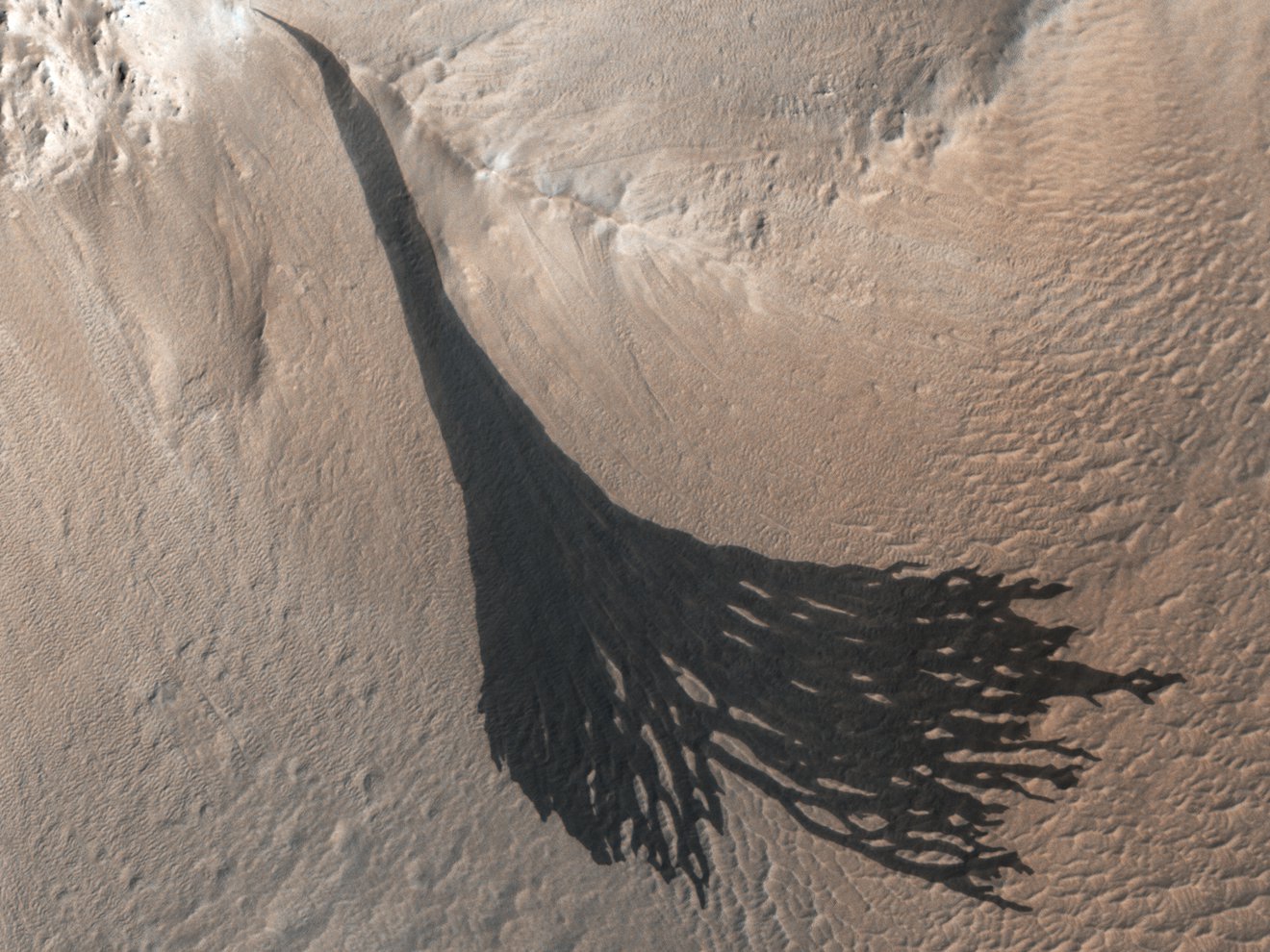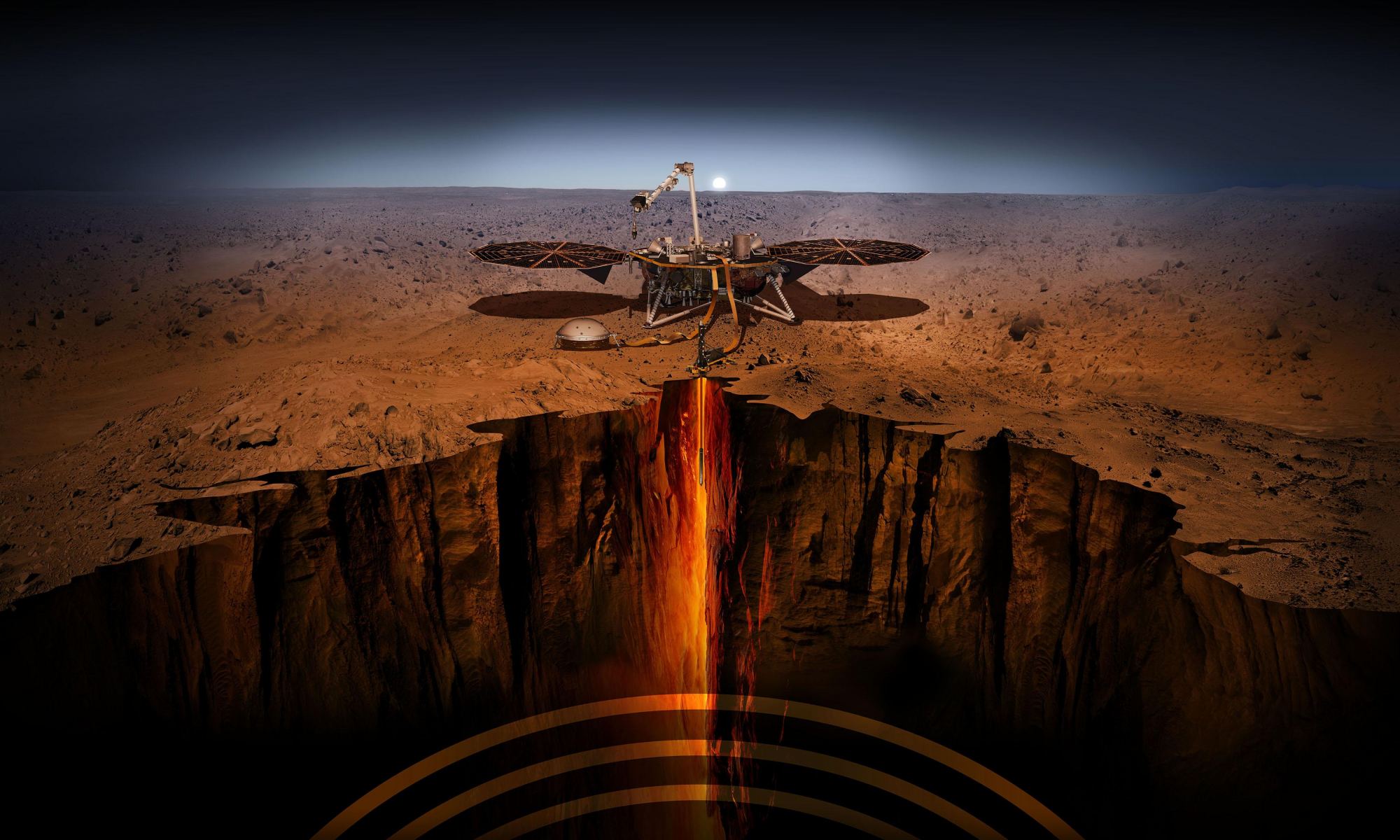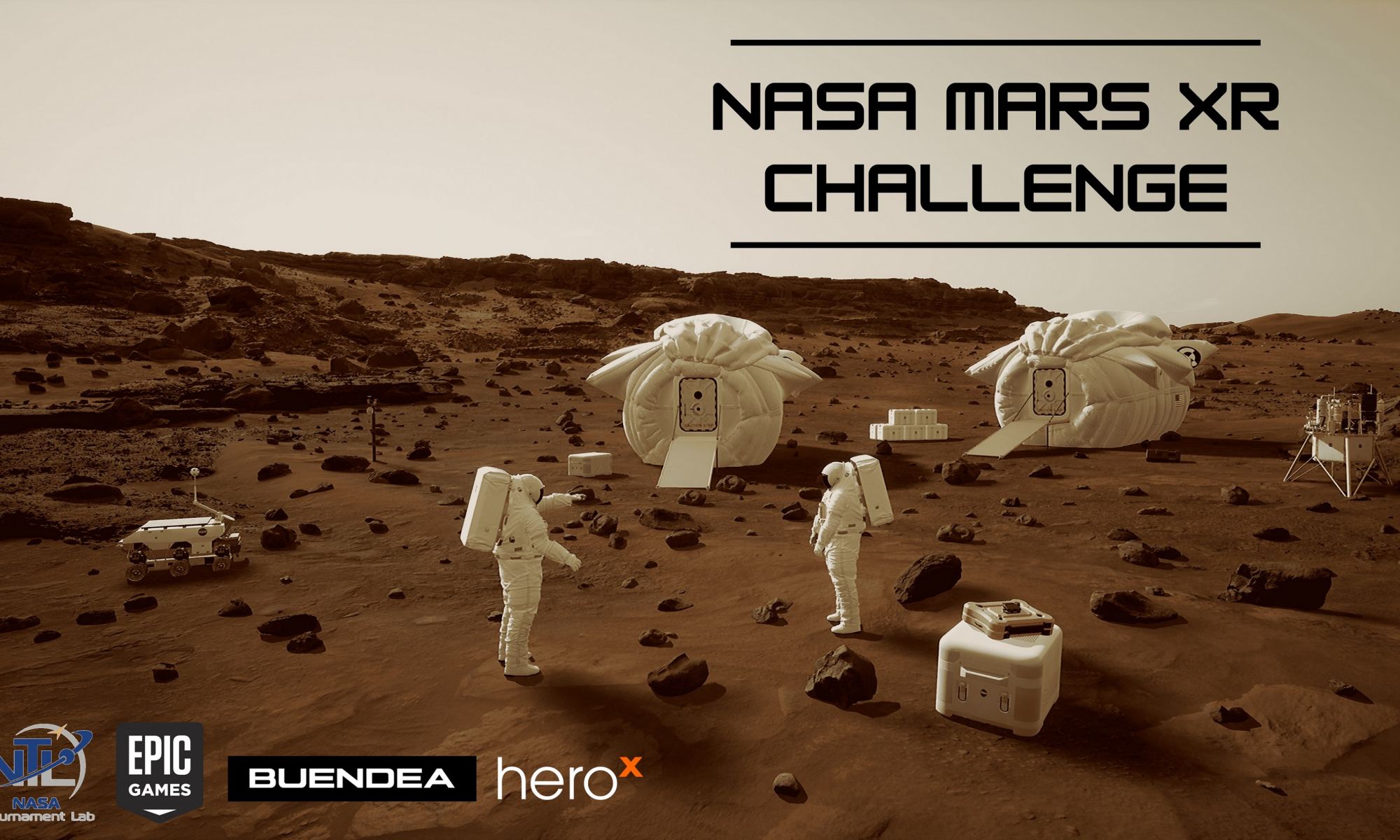Mars is well-known for its seasonal dust storms, which can sometimes grow to encompass the entire planet. In June 2018, the dust storms became so severe that they obscured most of the planet’s surface, causing NASA to lose contact with Opportunity, which eventually proved fatal to the record-breaking rover. Understanding these storms and what causes them is critical to ensuring that solar-powered robotic missions continue to operate and future crewed missions can remain safe.
Specifically, scientists are looking for seasonal changes (i.e., changes in absorbed solar energy and temperature increases) that trigger dust storms and cause them to combine and grow. In a recent study conducted by researchers from the University of Houston, they could result from seasonal energy imbalances in the amount of solar energy absorbed and released by the planet. These findings could lead to a new understanding of the Red Planet’s climate and atmosphere.
Continue reading “Dust Storms on Mars Happen When the Planet Can’t Release its Heat Fast Enough”
